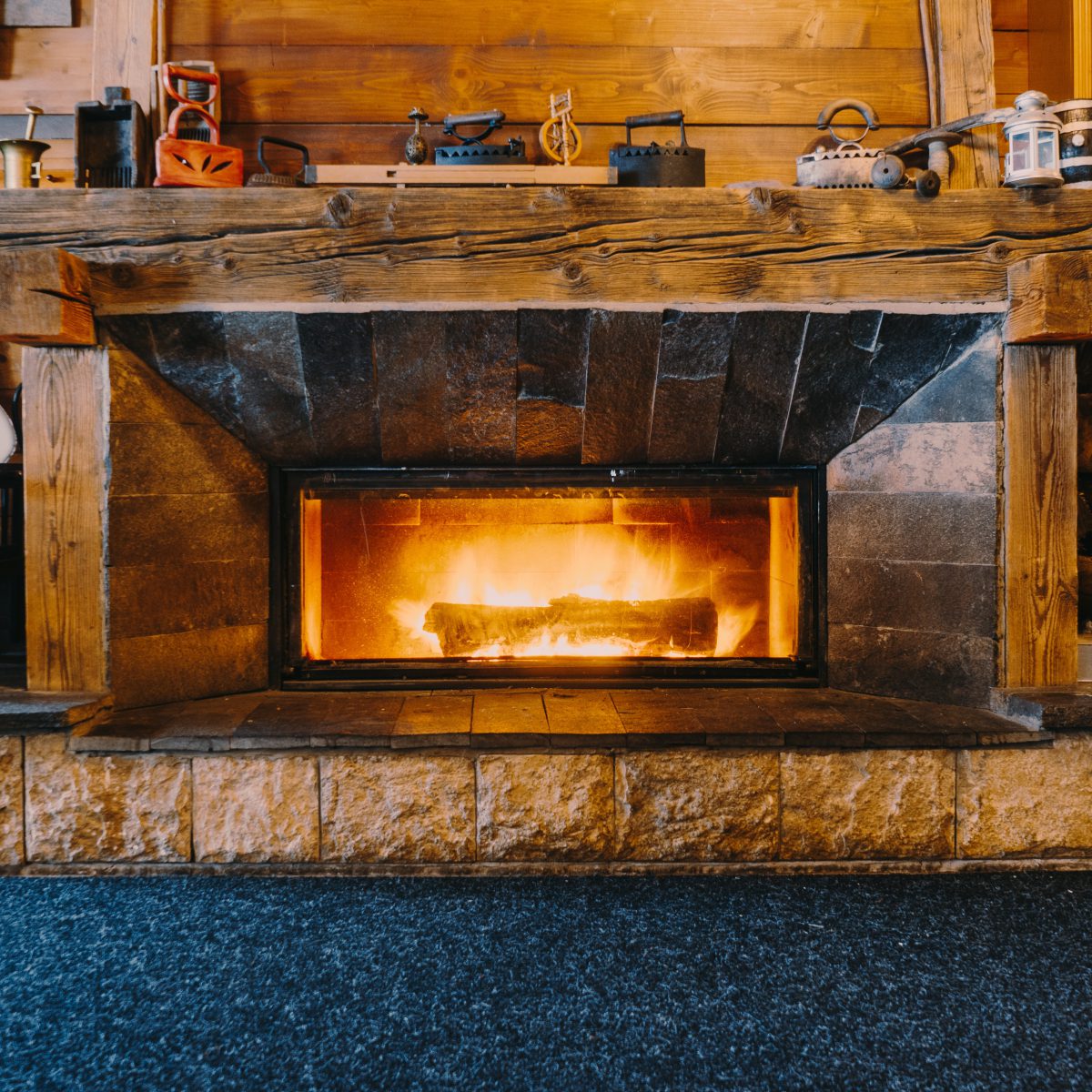
Few features warm the hearts of prospective property buyers more in cooler months than a fireplace.
From a purchaser’s perspective, a beautifully presented fireplace – especially one that retains the style of the original architecture, adds character and warmth to any room.
Whether you have a period or modern home, fireplaces can be a major contributor to achieving the best price. They’re a high-value investment when preparing a property for sale.
If you’re in a period home that has had its fireplaces boarded or bricked up, it’s worth investigating what it would take to restore them to their former glory.
Seek expert advice and consult your council on standards and restrictions, and whether planning permission is required, even if your property is a period home and has an existing fireplace. The structural integrity of a fireplace and its chimney should also be checked before any renovation or installation.
Restored fireplaces should be faithful to the architecture. Traditionally, they vary in size according to the importance of the room.
Rooms designed to accept visitors will have a larger fireplace with marble or stone surrounds. Wood surrounds were often used only in smaller rooms or where guests were less likely to visit, such as the bedrooms.
Fireplaces in a modern home offer a great focal point for your living area and can set your property apart from the competition when the time comes to sell. Consider installing a fireplace or combustion wood heater to make it a focal point of your living area. It makes a much better impression than a TV screen!
Careful planning is essential as considerable space is required for the clearance dimensions between the flue and surrounding walls. This can have a dramatic impact on room size. Also, be aware flues must be vertical and clear of windows and doors to ensure fumes are expelled.
A hearth of stone, slate or concrete is also sometimes required to protect timber and carpet floors, and this takes more space.
Buy your fireplace from a specialist company – not a chain retailer – and use a recommended installer. Flues installed upside down by poor installation practices are not unheard of. This causes water damage at times of rain, heavy dew and when hot air from the heater meets the cold air in the flue creating condensation. Make sure your purchase complies with the standard, AS/NAS 2918.
Some fireplaces have been designed for aesthetic appeal only. Gas models where the flame is surrounded by gleaming pebbles behind a glass casing put out next to no heat.
If you want warmth your basic fuel choices are wood, gas, electricity and ethanol. Check with your local council about fuel restrictions. Some councils have banned new wood-fired heaters to minimise city smog.
With a wood-burner, use only wood approved by the manufacturer, as some will coke up the flue and be sure to store your fuel in a dry place, or it will smoke unnecessarily when burned. You should also make sure the chimney is swept and that you service it annually.
